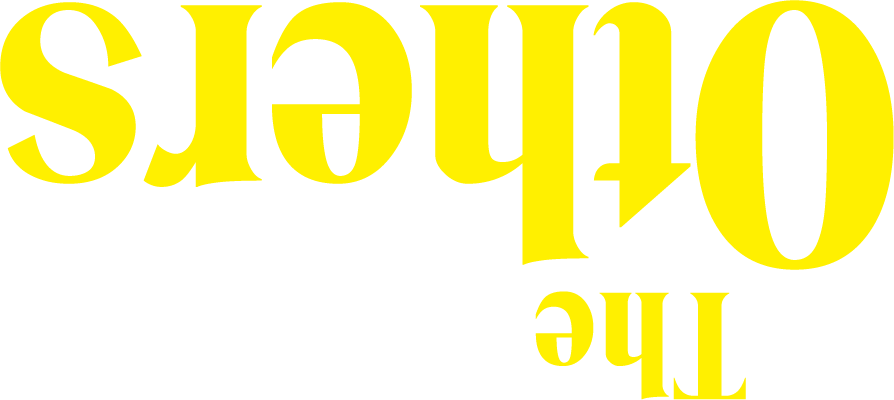25 Nov On margins of views and shares
Many people feel anxious about how the future is unfolding. Project spaces, galleries, and contemporary art organisations are all attempting to find solutions to resist the current slowdown, keep their relevance, and stay visible under the new conditions. Despite all of this, we can see how more and more content is being generated online. Encouraged to view culture in an on-demand mode, through online exhibitions and video documentation of live acts and performances, we hardly remember we would not get to see any of these things if not for the endeavours of contributing artists — it is nevertheless essential to understand that many of them will effectively need to persevere as they look for ways to sustain their work.
The current crisis will affect many of us at different levels: most museums will need to postpone exhibitions and agreements, reformulate their objectives or downscale their ventures. What we already know is that we need to abandon the old ways and means, it is just still a little too early to see what comes next. In the meantime, we look back at what we have done. Culture is now available online but we cannot overlook the change which already commenced some time ago. The emergence of social media platforms such as Instagram coincided with the rise of artist-run or curator-run initiatives with often nomadic operating modes, as well as all other new types of organisations, foundations, and semi-private institutions. A common ground is their presence online, be it through specific programmes or those designed entirely to be accessed from the comfort of our own home.
A silent revolution of Web 2.0 technologies is not to be overestimated, as it has entirely changed the ways in which we interact with each other because of social networking and instant messaging. But the acceleration is getting out of hand as we work more and more online. A new user-oriented culture has affected each aspect of cultural reality, no matter how mundane, and has provoked exploitation as its counterpart. Social media easily absorbs and disseminates our projections, hopes and fears. It is also the screen through which we look at the reflections of ourselves, which helps us see what happens around, yet we only see a part of the whole. Contemporary creativity-as-currency asks to be always online and to find solutions. Also the artists, often without basic social securities, are used to finding new ways of pursuing their work, not only in confinement. In addition to spending their days in the studio or having a day job, they are pressed to generate content. These days, the fate of a number of people is in question. What is at stake is the presence of all-supporting, bottom-up initiatives in the art market, which have emerged in the last few years. But, these are the artists we should be supporting in the first place. It is possible through different channels, by purchasing their work most essentially: editions, sketches, selfies and other traces of their activities are all accessible by your fingertips.
“Every important political figure and event is immediately registered, represented, described, depicted, narrated, and interpreted,” as Boris Groys noted in his text Self-Design and Aesthetic Responsibility (2009), where he elaborated on ways in which immediacy has affected our mundane activities or gestures, and has been manifested through the streams of social media. The rise of user-generated and user-oriented content has helped do-it-yourself (DIY) culture make a comeback, yet the exploitation behind it cannot be overlooked any longer.
The internet has long since become the largest museum and platform for artistic visibility. Only recently have most of the exhibitions we used to look at physically, turned virtual. This is also a product of more and more artists using tools such as 3D printers and CGI to develop compelling, digitally-native installations and exhibitions. Social media has capitalized on the need to look; in effect, just as we reach for our devices we are able to browse through countless images. What has become valuable now is views and shares. But the final note to remember is that we all decide how to navigate this endless, immaterial exhibition space, and, by contributing to it — how to make it sustainable.



Sorry, the comment form is closed at this time.